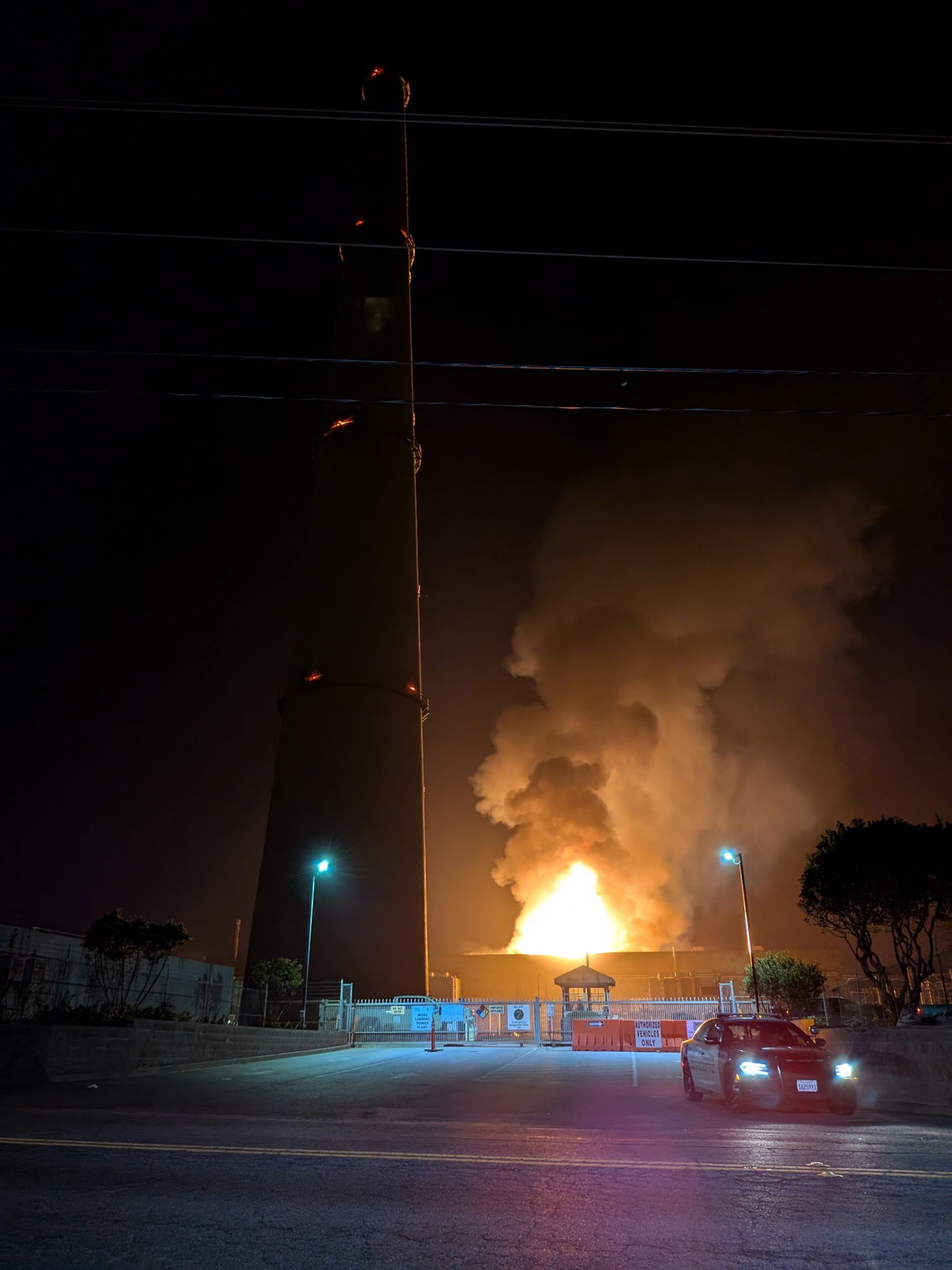If the Islamic Resistance Movement operation occurred by surprise (agitation) on the seventh of last October, and its size and the number of victims and prisoners it left behind made the Israelis, Europeans, and Americans compare it to…Al-Qaeda organizationheIslamic State organizationHowever, these comparisons lack accuracy and ignore the differences between these movements.
With this sentence, the “Orian 21” website summarized an article by political and Islamic thinker Yassin Salama in which he tried to dismantle what was promoted by the Israeli government and its allies that the fight against Hamas is part of the struggle of Western civilization against global jihad, as the Israeli Prime Minister raised Benjamin Netanyahu 2014 is such a similarity, compare September 11 attacksSeptember carried out by Al-Qaeda until the November 13, 2015 attacks carried out by the Islamic State in France, trying to absorb the conflict of the various Palestinian factions into the so-called jihadist terrorist groups that spread their violence throughout the world, especially outside Islamic societies, according to Says the French site.
Days after the Hamas attack, the US President announced joe bidenDuring a visit to Tel Aviv, he said that “Hamas is worse than ISIS,” and days later, the French president suggested Emmanuel Macron Mobilizing the international military coalition that was formed against ISIS to fight Hamas. However, the writer saw these comparisons as a shameful abbreviation, pointing out the need to make an effective comparison between the doctrines of these different groups and how to apply them in practice.
Groups that differ in every way from Hamas
The writer pointed out that the theoretical and empirical analysis quickly shows the disagreement between Hamas, which has become part of the model of Islamic national resistance since its inception in the 1980s, and Al-Qaeda and the Islamic State, which they say are global jihadist movements. This assertion is supported by the fact that Hamas did not carry out any action. It is violent outside Palestine and Israel, and it has no branch outside the local scene. However, there are two similarities between it and the two aforementioned organizations: the first is resorting to armed violence and targeting civilians without discrimination, and the second is that some Western governments consider them to be terrorist movements.
Regarding the first point, the writer points out that the civilian, according to Hamas’s literature, is not what the West generally understands, and therefore the settler cannot be considered a civilian devoid of all responsibility, because he is a person who holds Israeli citizenship and has completed his military service for several years, taking into account reserve periods. Therefore, Muhammad Al-Deif, commander, ordered Izz al-Din al-Qassam BrigadesIn the wake of the October 7 operation, not to “kill the elderly and children,” in accordance with “Islamic principles.”
Perhaps the second similarity – according to the author – results from the prevailing perception among some countries in the West about these various organizations, which made the European Union and the United States consider Hamas a terrorist, but the UN Security Council refused to classify it as a terrorist organization, unlike Al-Qaeda and ISIS, because it resists – In his opinion – the Israeli occupation.
The aforementioned ideological and strategic differences between Hamas and the jihadists sometimes led to armed confrontation on Palestinian territory, especially when Hamas, which was in power in Gaza, opposed Salafist jihadists and arrested radical Islamists who sympathized with or belonged to ISIS, and at the same time, the organization executed sympathizers. With Hamas
The writer denied that the term “terrorism,” which applies to Al-Qaeda and ISIS in an indisputable manner among Arab or Muslim-majority governments, applies to Hamas, whose designation as a terrorist organization is the exception, not the rule, as we have never witnessed a large demonstration in the Arab world. In favor of ISIS or Al-Qaeda, while it is repeated in support of the Palestinian resistance embodied by Hamas, whose cadres have taken refuge in several capitals such as Damascus, Sanaa, and Doha.
Ideology and programme
In terms of ideology and political program, there is a confirmed link in the Hamas Charter between the movement and…Muslim BrotherhoodWhile the other two organizations consider it an apostate ideology, they also consider Hamas’s relationship with the Shiites unacceptable. In addition, Hamas does not have any global ambitions. Rather, unlike the other two organizations, it has developed a strategy that seeks to increase meetings with leaders, whether they are Arabs or Muslims. Or Westerners.
Above all, Hamas is distinguished by its involvement in charitable work, a social dimension that rarely exists within jihadist movements, by presenting itself as a legal and practical party that won the legislative elections in 2006, developed its political plan, and ratified the so-called “Prisoners’ Document” issued In June 2006, it recognized the 1967 borders and limited resistance to the occupied interior areas, in what was considered a qualitative shift, according to the writer.
In this context, it is important to emphasize that the above-mentioned ideological and strategic differences also involve armed confrontation on Palestinian territory, and this was particularly the case when Hamas, which was in power in Gaza, opposed Salafist jihadists and arrested radical Islamists who sympathized with ISIS or belonged to To him, at the same time, the organization executed Hamas sympathizers.
In the face of these elements, the writer concluded that the comparison between Hamas and the so-called jihadist parties works primarily to delegitimize the Palestinian cause, as Israel would like the world to imagine that Hamas is nothing more than a terrorist group, and that its resistance serves the global Salafist struggle to defeat the West and restore… Islamic Caliphate.





